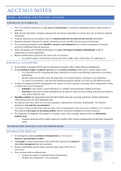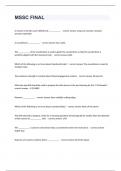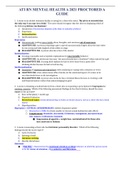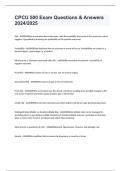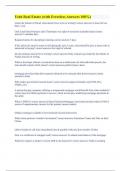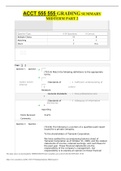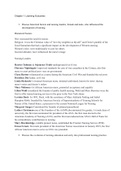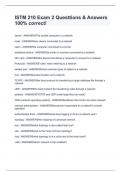Class notes
ACCT3013 Financial Statement Analysis Notes
- Course
- Institution
- Book
Notes cover content for entire semester Topics covered: * Introduction to FSA and business strategy analysis * Accounting analysis and earnings management * Quality of accounting information, measurement and adjustments * Financial analysis * Ratio analysis * Prospective analysis * Equity...
[Show more]
